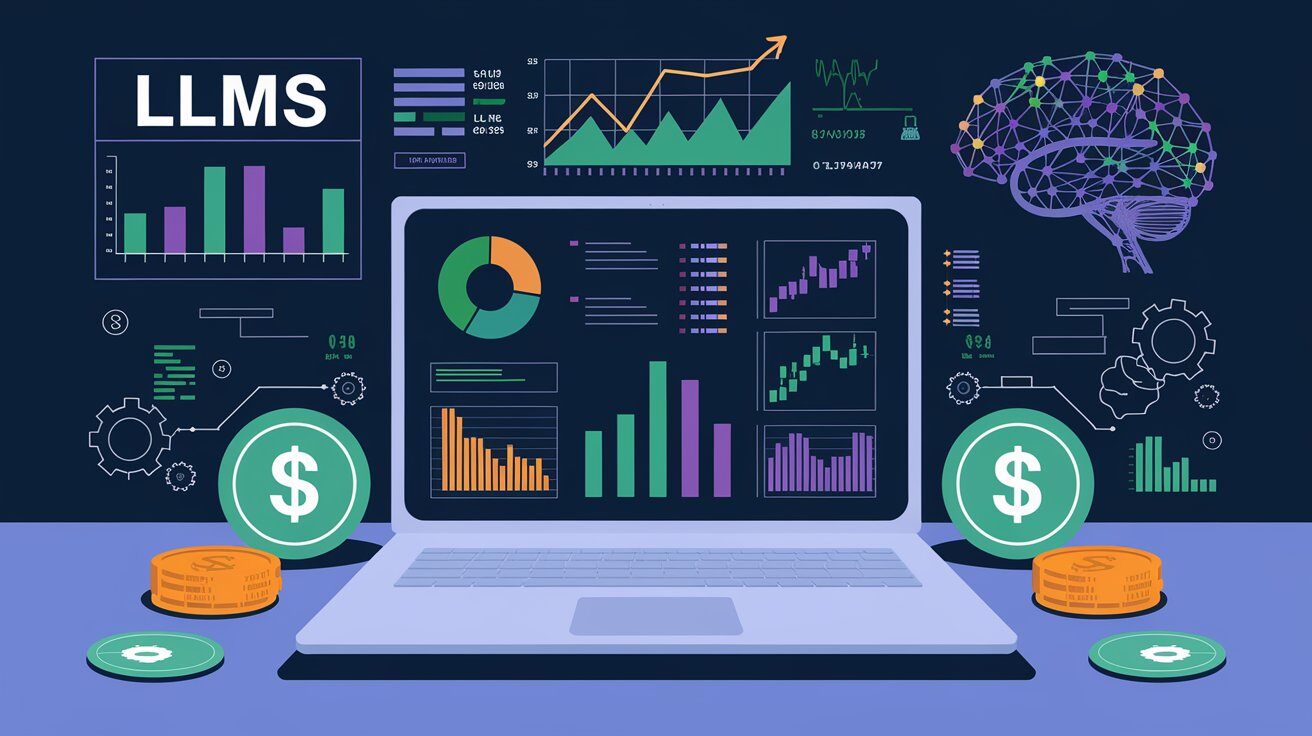Introduction to Large Language Models in Finance
As the financial sector faces an era of rapid technological advancements, staying competitive requires embracing innovative tools that can transform the way institutions operate. Large Language Models (LLMs) have emerged as one of the most influential technologies reshaping financial services. These AI models have the potential to revolutionize key areas such as data analysis, customer engagement, risk management, and regulatory compliance. This article explores the significant impact of LLMs in the financial industry and how they are poised to drive transformative innovation.
Key Areas of Expertise
Large Language Models excel in various aspects of financial services, including:
Risk Assessment and Fraud Detection: LLMs process vast amounts of unstructured data, such as customer interactions, to detect potential fraud. This proactive approach helps financial institutions act quickly to prevent losses.
Sentiment Analysis: By examining social media, news articles, and customer feedback, LLMs gauge public sentiment on market events. This insight into consumer behavior aids in making informed investment decisions.
Market Analysis and Insights: LLMs track trends and analyze real-time data, offering valuable insights to guide investment strategies. These models assist both institutional and individual investors in making data-driven choices aligned with market conditions.
Offered Services in Financial LLMs
Financial services are leveraging LLMs for a wide range of tasks, including:
Predictive Analytics: LLMs analyze market trends and suggest investment opportunities, helping firms stay ahead of shifts in the market.
By integrating these services, financial institutions can reduce operational costs, improve customer satisfaction, and optimize their response to market changes.
Leading General LLMs in the Market
Popular LLMs like OpenAI’s GPT, Google’s BERT, and Meta’s LLaMA are pivotal in financial applications:
GPT for Report Generation and Customer Service: GPT generates reports, aids in customer support, and even assists in fraud detection by analyzing transaction patterns.
LLaMA for Compliance and Risk Management: Meta’s LLaMA aids in regulatory compliance by automating data analysis and ensuring firms stay current with legal standards.
These models continue to improve, making them invaluable for financial institutions seeking to enhance efficiency and remain competitive.
Conclusion
Incorporating Large Language Models into financial services has proven to be a game-changer, offering institutions the ability to innovate, streamline operations, and provide enhanced value to customers. By leveraging LLMs for risk management, predictive analytics, market analysis, and compliance, financial firms can stay competitive in an increasingly data-driven landscape. As LLMs continue to evolve and improve, their role in the financial sector will only grow, positioning them as indispensable tools for long-term success and sustainability.
Facilitating AI Integration with Pacific Data Integrators (PDI)
Integrating Generative AI and Large Language Models (LLMs) into finance can seem daunting, but with Pacific Data Integrators (PDI), it becomes a streamlined and supported journey. Partnering with PDI ensures a seamless transition and enduring success, turning challenges into opportunities. Discover how PDI's tailored solutions can transform your business by consulting with our experts today.
You can book a consultation today by visiting us at PDI.
Posted by PDI Marketing Team
Pacific Data Integrators Offers Unique Data Solutions Leveraging AI/ML, Large Language Models (Open AI: GPT-4, Meta: Llama2, Databricks: Dolly), Cloud, Data Management and Analytics Technologies, Helping Leading Organizations Solve Their Critical Business Challenges, Drive Data Driven Insights, Improve Decision-Making, and Achieve Business Objectives.






